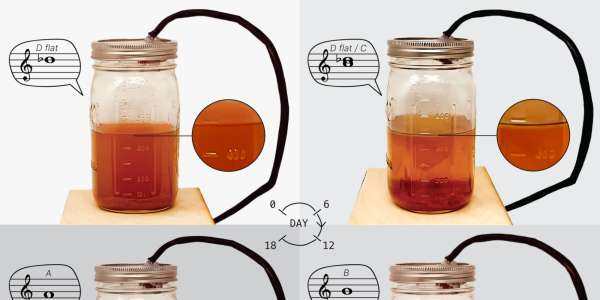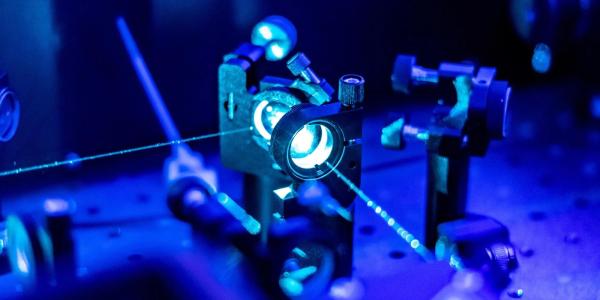
Future unmanned hypersonic aircraft may ultimately owe part of their success to University of Colorado Boulder atmospheric research.
A consortium of universities led by the CU Boulder Ann and H.J. Smead Department of Aerospace Engineering Sciences has received a five year, $7.5 million Department of Defense grant to investigate the extreme altitudes—80,000 to 120,000 feet—where hypersonic planes would fly.
The military wants to know more about turbulence and particles in the atmosphere at that altitude. The data will be critical to designing the aerodynamics of a plane that could consistently fly at hypersonic speeds—above Mach 5, or 3,800 mph.
"No one really knows, at this point, exactly what's up there," says Brian Argrow, CU Boulder aerospace professor and principal investigator for the grant. "Pollution, other particulates, how turbulent the air is. If you hit an unexpected pocket of turbulence going Mach 5, your engine better be well designed."
At slower speeds, turbulence can be just a minor annoyance, but at Mach 5, it could literally tear an airplane apart in mid-flight. At high speeds, turbulence also causes the body panels of planes to heat, sometimes by hundreds of degrees, which can ultimately lead to metal fatigue and failure.
Argrow will work with CU Boulder colleagues, as well as researchers at Embry-Riddle Aeronautical University in Daytona Beach, Florida and the University of Minnesota to launch a series of high-altitude balloons carrying instruments to record atmospheric conditions including currents, temperature fluctuations and particulate distribution.
The balloon launches will begin this fall and run through 2020 during periods of expected atmospheric turbulence and instability. Launches will take place in on Colorado’s eastern plains as well as in Florida in Norway.
During the flights, real-time data will be automatically radioed to a ground-monitoring station and stored electronically for future analysis and use in the creation of computer models to guide aircraft development.
"Future hypersonic airplanes will need to manage the heating they experience at such high velocity," said CU Boulder aerospace professor and project instrument lead Dale Lawrence. "A better understanding of naturally occurring turbulence is needed to move this technology forward."
While hypersonic velocities have been achieved in the past, flights have always been brief and in experimental aircraft. The fastest regular production plane, the SR-71 Blackbird, flew at the comparatively 'slow' speed of 2,200 mph, Mach 3.2. A British-French supersonic jet, the Concorde, flew commercially from 1973 to 2003, reaching speeds of Mach 2.04—about 1,350 mph.
If you are hoping to eventually catch a commercial flight at Mach 5, which could zoom from Los Angeles to New York in about 45 minutes, Argrow says you may have to wait until unmanned aircraft prove this capability first.
"Designing a UAV for sustained hypersonic flight is quite a challenge," Argrow said.



